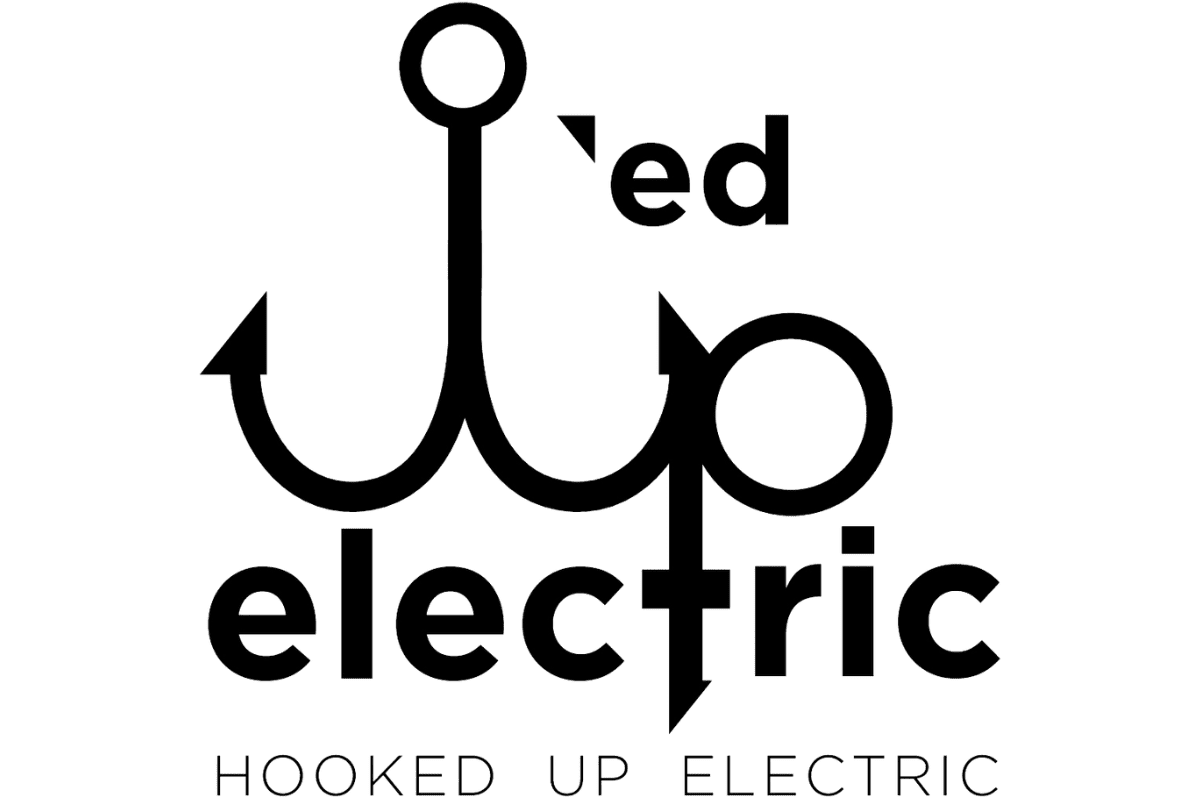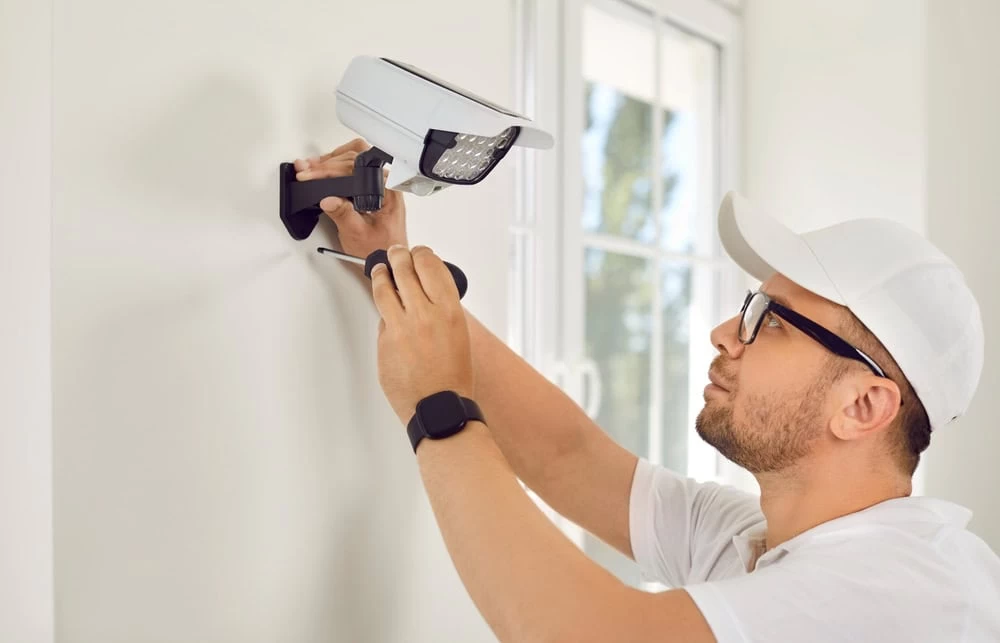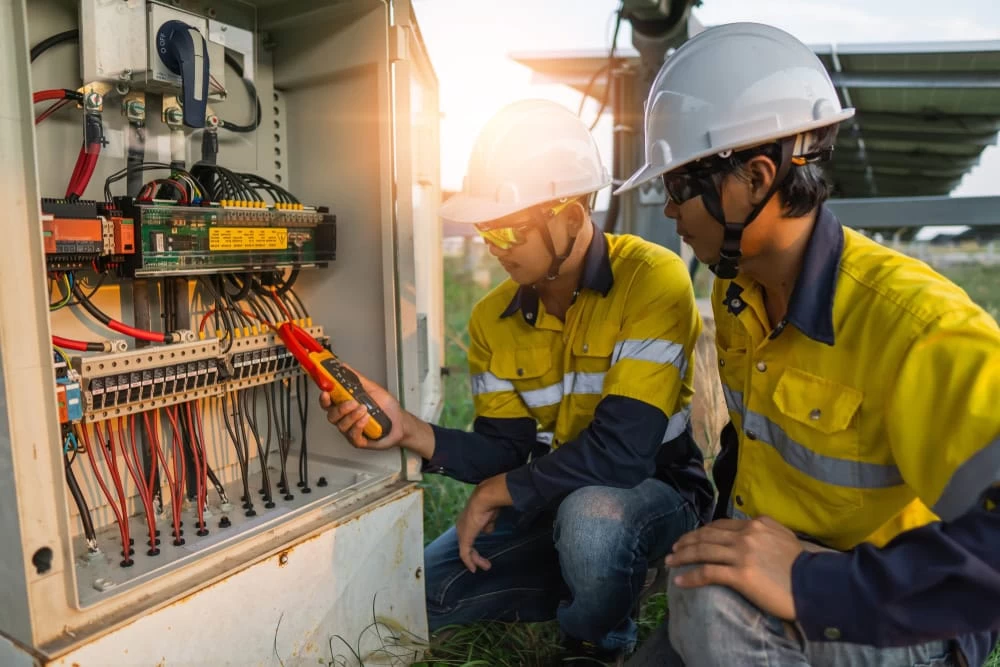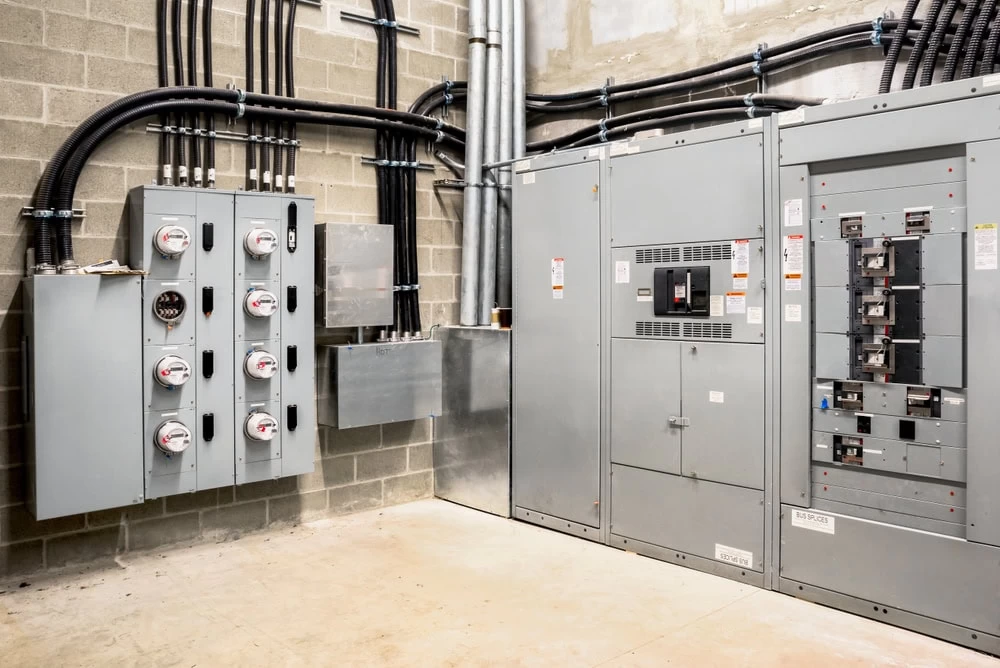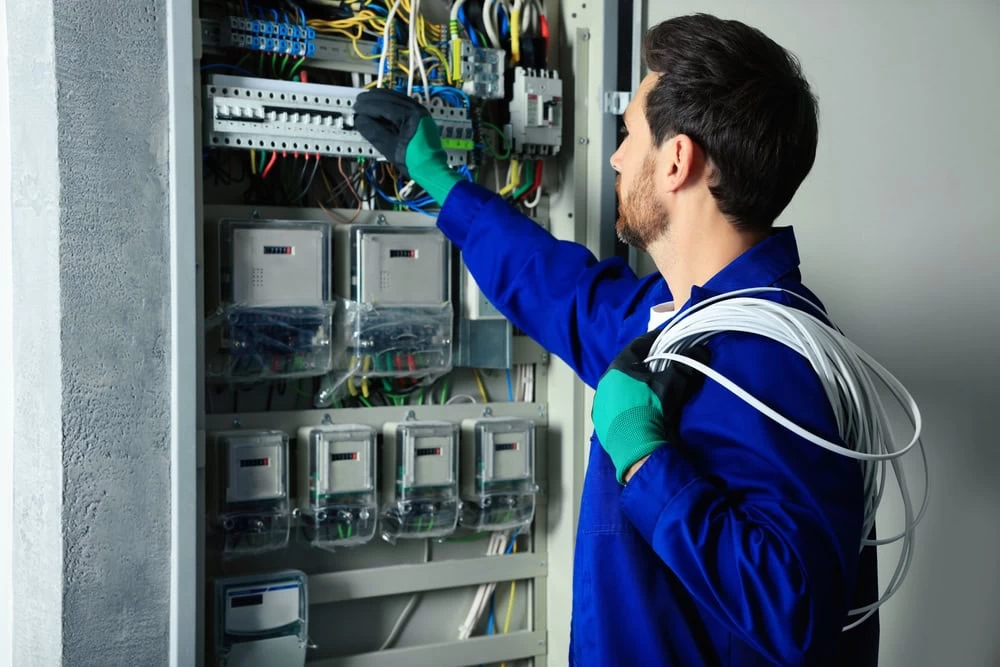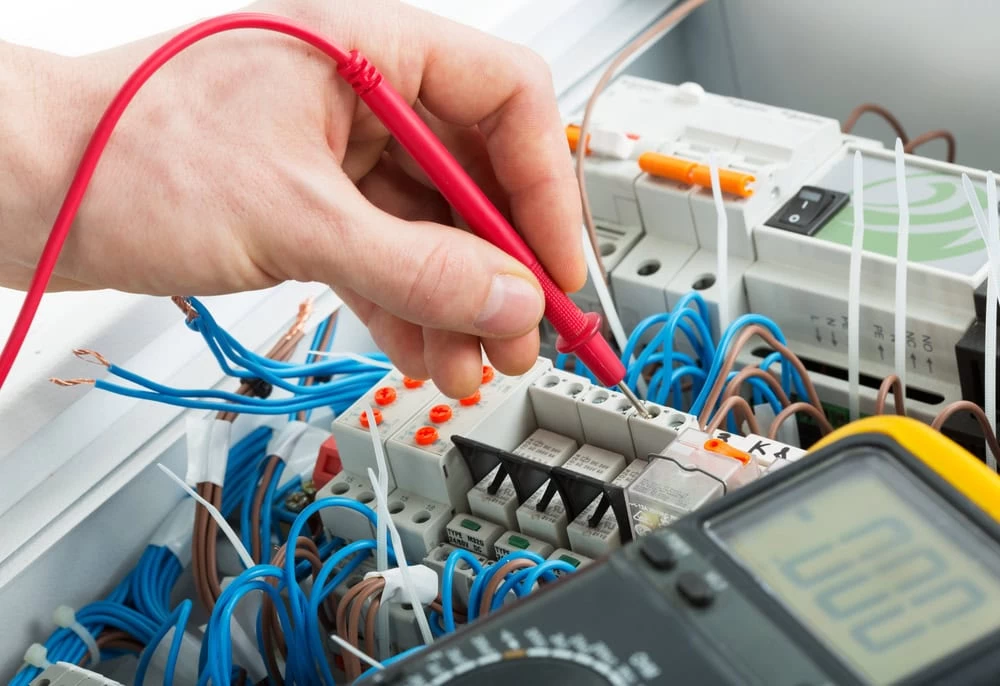Summary:
Stop Energy Waste That Costs $480 Per Year
Smart thermostats eliminate the energy waste that occurs when you forget to adjust temperatures before leaving home, automatically reducing heating and cooling costs by 18-25%. Smart lighting systems use LED fixtures with occupancy sensors that cut lighting electricity usage by 60%, while smart power strips eliminate phantom loads that waste $165 annually on standby power consumption. However, these savings only materialize when devices run on properly sized circuits—undersized wiring causes voltage drops that force smart devices to draw 15-20% more power while reducing their operational lifespan by 40%. Professional installation includes dedicated 12-gauge wiring for high-draw devices and whole-house surge protection that prevents $2,400 average replacement costs when electrical surges destroy connected equipment.
Why Standard Wiring Fails Smart Home Technology
Smart home devices create continuous electrical loads that exceed the capacity of standard 14-gauge house wiring installed for intermittent-use appliances. Security systems with multiple cameras draw 8-12 amps continuously, while older circuits were designed for 15-amp maximum loads used only occasionally. This constant loading heats wiring connections, gradually increasing resistance that wastes power and creates fire hazards.
Professional Installation Prevents Insurance Problems
Insurance companies deny claims averaging $8,500 when electrical fires result from improper smart home installations performed without permits. Licensed electricians provide inspection certificates that document code-compliant installations, protecting your coverage when devices malfunction. DIY smart home wiring violates electrical codes and automatically voids homeowner’s policies during claim investigations.
Smart Home Wiring That Increases Property Values
Real estate appraisers recognize professionally installed smart home infrastructure as permanent improvements that increase home values by 8-12%. Buyers pay premiums averaging $15,000 for homes with integrated automation systems, but only when installations include proper electrical infrastructure documented with permits and inspections. Smart home wiring requires Cat6 data cables for reliable communication between devices, plus dedicated circuits that prevent interference from other household electrical loads. Whole-house automation hubs need uninterruptible power supplies connected to separate breaker circuits, preventing system failures during brief power outages that reset programming and require manual reconfiguration costing $200-350 in service calls.
Panel Upgrades That Support Future Technology
Smart home systems require 200-amp electrical service with 20+ available circuit positions for expansion as technology advances. Upgrading from 150-amp service provides capacity for electric vehicle chargers, smart pool equipment, and backup generator integration without overloading existing circuits. Modern panels include surge protection modules that prevent the voltage spikes responsible for 60% of smart device failures.
Network Infrastructure That Prevents Connectivity Problems
Smart homes require hardwired ethernet connections for security cameras and automation hubs that can’t rely on WiFi signals disrupted by household interference. Professional installations include structured wiring with central distribution panels that organize data, cable, and telephone connections while providing space for future technology additions. This infrastructure prevents the connectivity drops that cause security system failures and void monitoring service contracts.
Protect Your Smart Home Investment with Professional Installation
Smart home technology offers genuine financial benefits through energy savings and increased property values, but these advantages disappear when improper installation creates safety hazards and insurance problems. Your Taylor County home deserves the electrical infrastructure that makes automation systems work reliably while protecting your family and investment. Professional installation costs $2,800-4,200 but prevents the $8,500+ insurance claim denials and device replacement costs that result from DIY electrical work. Contact Hooked Up Electric today to design the electrical system your smart home requires.
